Working with spiny softshells turtles
Spiny softshells (SSS) are large and aggressive.
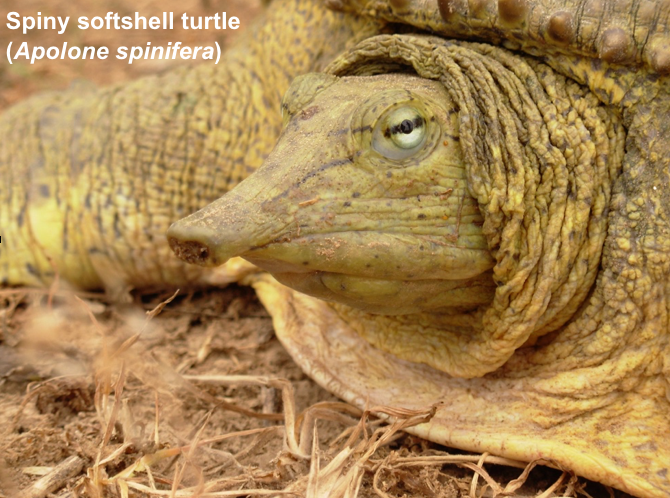
They are also fast and hard to catch; even when using drift fences on a turtle farm!
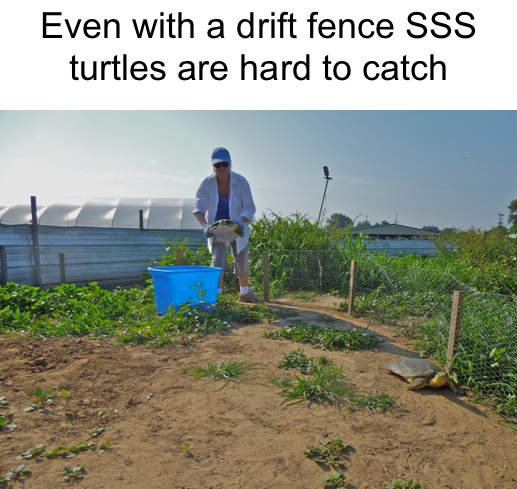
SSS are much too large to palpate for eggs so we had to x-ray each animal to determine how many eggs they were carrying. Before any injections were given each turtle had to be wrapped in towels to protect the turtle and ourselves.
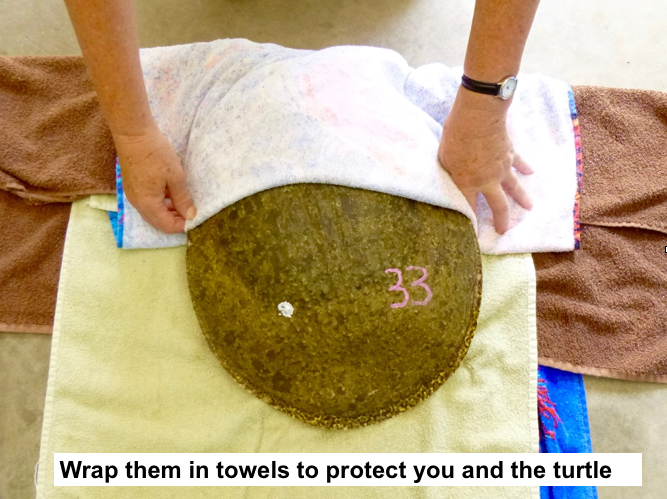
An examination of the anatomy of the SSS showed two mechanisms that enabled them to retain their eggs. One is a powerful sphincter at the end of the oviduct much like the cervix in humans. This is illustrated below.
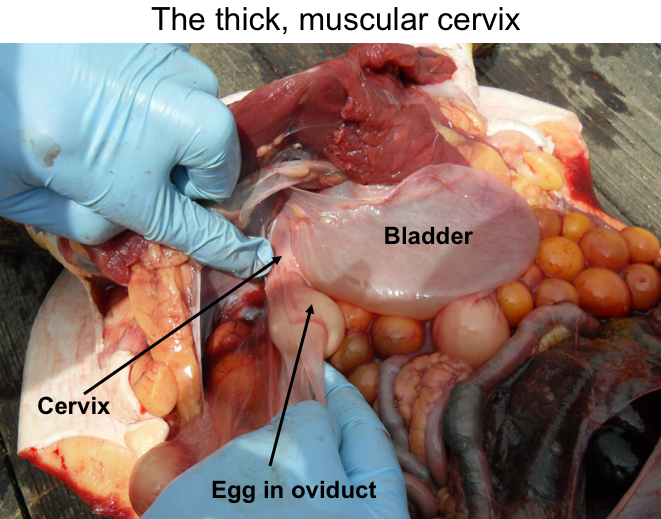
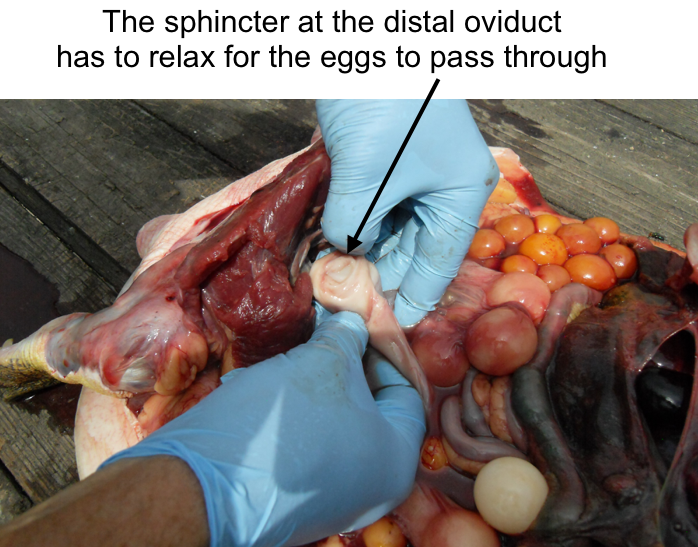
The other mechanism that enables egg retention is a weaker sphincter at the distal end of the everted cloaca as shown in the figure below. Both sphincters must be relaxed for oviposition to occur.
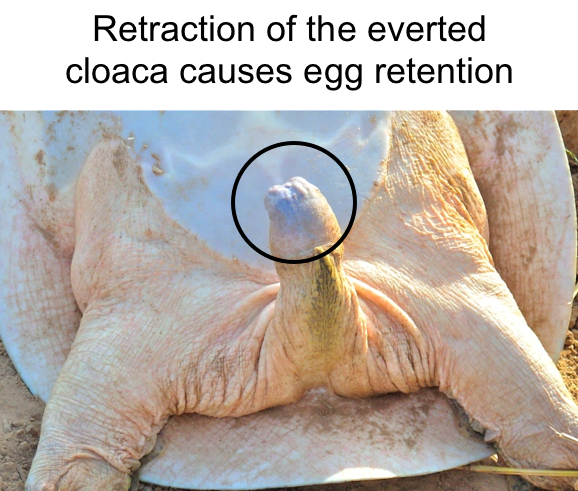
In addition to finding the right drug to relax these sphincters, we had to determine the dose and the the sequence of injection; should we give drug #1 first, drug #2 first, or should we give them together?. If we gave the drugs in sequence how long should we wait between injections? There were lots of questions and they took time to answer.
The holding period with RES was always the same; we caught them in the early morning and induced them within a few hours. With the SSS the issue of timing became more complex. We either caught them in the late morning or the early evening. If we caught them in the morning and injected them later that day we labeled them as “stat.” If we caught them in the evening and injected them the next day we labeled them as “day 1.” If we held them for two nights before injecting them we labeled them as “day 2.” Those labeled “day 3” were induced after being held for three nights. We were able to catch and process the largest number of SSS if we induced them on day one.
All of these problems slowed us down dramatically and we could only induce four to six SSS turtles a day. With so many potential agents and limited animals to work with each day, we were forced to eliminate any drugs that did not show promise with the first set of inductions.
